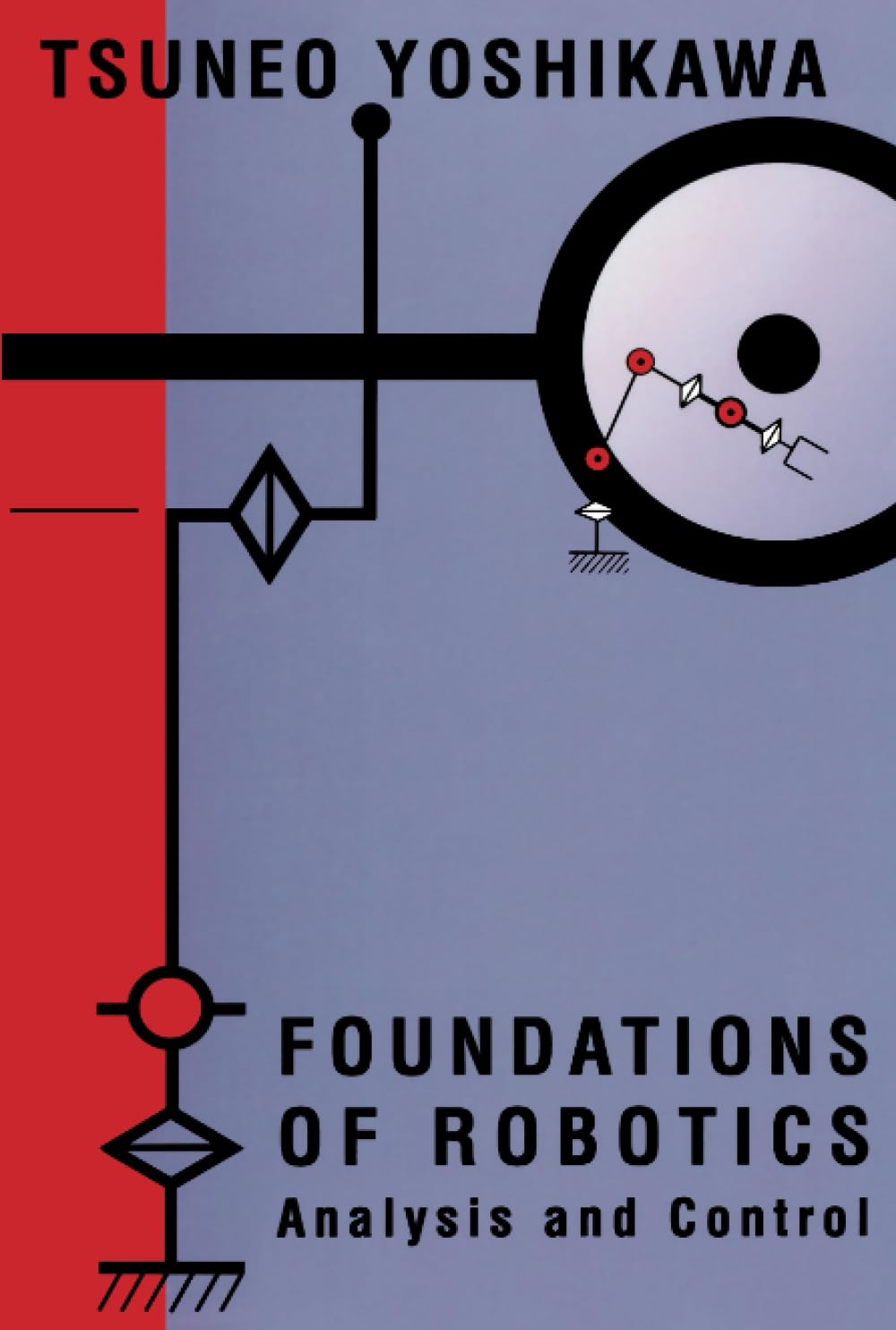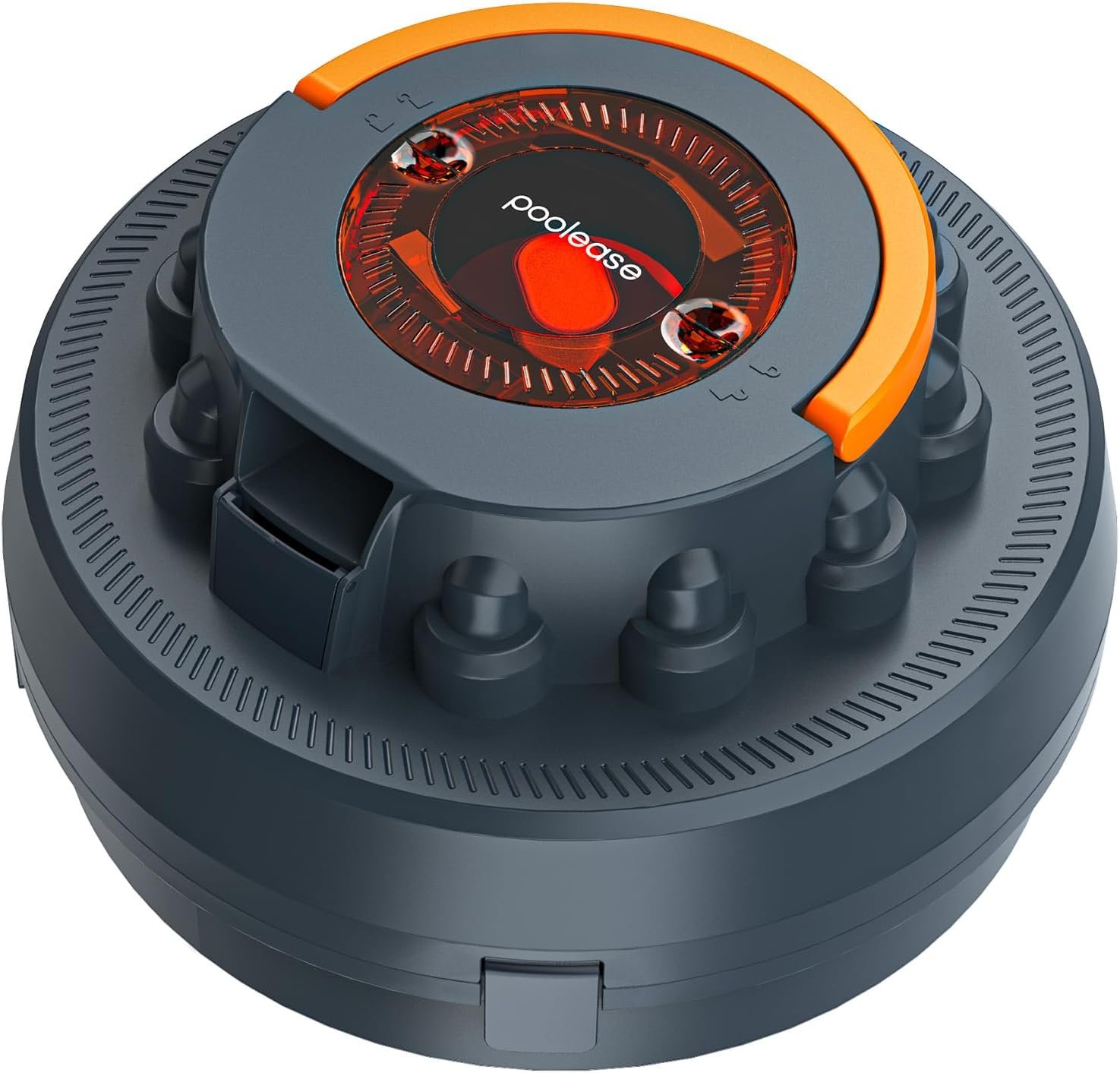

Publisher : MIT Press
Publication date : January 1, 2003
Language : English
Print length : 300 pages
ISBN-10 : 0262514583
ISBN-13 : 978-0262514583
Item Weight : 1.14 pounds
Dimensions : 6.2 x 0.68 x 9.2 inches
Best Sellers Rank: #1,347,751 in Books (See Top 100 in Books) #376 in Robotics (Books) #627 in Robotics & Automation (Books) #4,900 in Computer Science (Books)
Customer Reviews: 4.2 4.2 out of 5 stars 17 ratings var dpAcrHasRegisteredArcLinkClickAction; P.when(‘A’, ‘ready’).execute(function(A) { if (dpAcrHasRegisteredArcLinkClickAction !== true) { dpAcrHasRegisteredArcLinkClickAction = true; A.declarative( ‘acrLink-click-metrics’, ‘click’, { “allowLinkDefault”: true }, function (event) { if (window.ue) { ue.count(“acrLinkClickCount”, (ue.count(“acrLinkClickCount”) || 0) + 1); } } ); } }); P.when(‘A’, ‘cf’).execute(function(A) { A.declarative(‘acrStarsLink-click-metrics’, ‘click’, { “allowLinkDefault” : true }, function(event){ if(window.ue) { ue.count(“acrStarsLinkWithPopoverClickCount”, (ue.count(“acrStarsLinkWithPopoverClickCount”) || 0) + 1); } }); });
robotics ,







